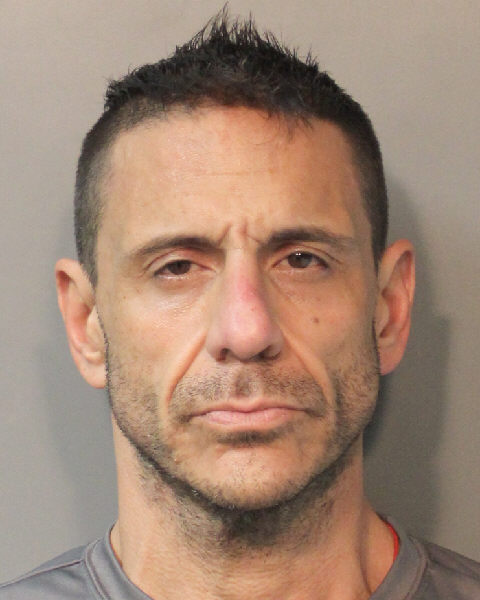By Anthony Murray and Kimberly Donahue
In order for the aggressive panhandling law that the Village of Mineola is proposing to be successful, enforcement of that law by the Nassau County Police Department and the MTA Police is key.
The village board closed the hearing on the potential aggressive panhandling law last month but have kept it open for written submissions where a decision will be made at a later date.
The proposed law has drawn some criticism from residents and groups, such as the Central Islip based-Empire Justice Center, who believe this law is a direct attack on the homeless and is an unfair punishment—something that the mayor strongly disagrees with.
“We’re not attacking homeless people,” said Mayor Scott Strauss. “It’s the way someone asks that we’re addressing, not the status of any particular person. I need to protect the residents and commuters that come into the Village of Mineola from negative situations. We’re looking to address an action, not a status of anybody.”
According to Detective Maureen Roach of the Nassau County Police Department Public Information Office, when someone reports an issue at the train station and calls 911, the call is sent out to both the Nassau County Police and the MTA Police. From there, Nassau County Police will begin an initial investigation and the MTA will take over once they respond.
However, Roach said understanding the severity of the panhandling problem at the train station in Mineola can be difficult due to the shared patrolling responsibility.
“I don’t have any knowledge that there’s a persistent pattern there [in Mineola],” said Roach. “I do know that most train stations do attract people who look to ask for money or assistance in certain ways and that’s standard with almost all train stations.”
If the village does enact the aggressive panhandling law, Nassau County Police will be required to enforce it because it is a village ordinance. However, there is not always consistency in consequences for reports of panhandling.
“The officer will determine whether the person who has been called on is violating the ordinance,” said Roach. “If they are, the officer can determine at that point if they want to give them a violation ordinance. So basically, you’d get an appearance ticket, a warning or just have the person leave.”
Strauss echoed the same sentiment.
“We have a police department that will enforce it and to be quite honest with you, it’s up to the police department to enforce the law,” he explained. “I can’t make them do it. It’s a discretionary issue. It’s totally up to them. We gave them [the police] what they asked for. We’re just giving the police another avenue to go down should they need it.”
Roach said that in many cases, when officers respond to incidents, they try to not give out lofty punishments.
“A lot of times, we don’t want to give out summonses if we can get a message across without giving them one,” said Roach. “If the person is begging and asking for money and you tell them to leave and they continue to come back, then you’re going to give them an appearance ticket because they’re not learning that they can’t be doing this.”
In a statement to the Mineola American, an LIRR spokeswoman said that “the MTA Police is committed to providing a safe environment for all customers at all LIRR locations, including at stations and aboard trains. The MTA works in conjunction with local municipalities and police to ensure all laws are adhered to. The MTA Police are aware of the quality of life complaints at Mineola station and will continue its efforts to address them.”
If this law is passed, Mineola would be the second village on Long Island to enact an aggressive panhandling ban following the Village of Patchogue, which enacted its own law, banning aggressive panhandling back in October of 2017.
Read Part 1 “Homelessness In Mineola” and Part 3 “Finding The Solution.”




































